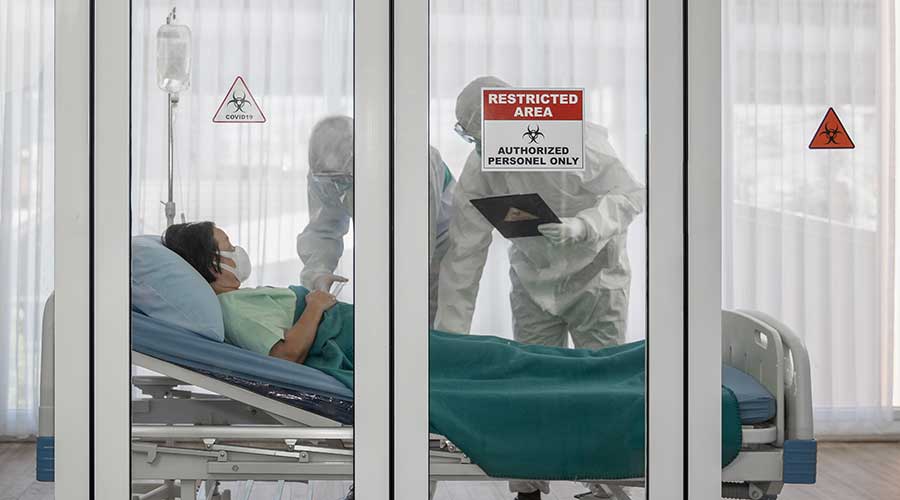The Facility Guidelines Institute (FGI) has released a new Guidance for Designing Health and Residential Care Facilities that Respond and Adapt to Emergency Conditions. This white paper, which includes the draft Guidelines for Emergency Conditions in Health and Residential Care Facilities, is the result of a collaboration of 130 volunteers representing multiple disciplines in health care, residential care and facility design.
The COVID-19 pandemic brought an influx of requests to FGI to provide practical guidance on setting up temporary facilities and adapting existing facilities to meet the needs of the pandemic. In response to these queries, the FGI board of directors formed a committee to take a critical look at existing guidelines' requirements and recommendations on emergency preparedness, determine best practices and establish a new minimum standard on emergency preparedness and response for health and residential care facilities. The overarching goal of the white paper is to help health and residential care organizations respond to emergency events and plan mitigation strategies in anticipation of future emergency events.
White paper highlights address these topics:
Risk assessments. Included in this chapter is the proposed framework for a disaster, emergency and vulnerability assessment. This assessment folds into the existing safety risk assessment requirements in the guidelines and leverages information in CMS-mandated hazard vulnerability assessments.
Alternate care sites. Considerations for use of tents, modular facilities and repurposed structures as alternate care sites are outlined in this chapter. In addition to exploring how and when an alternate care site might be deployed, a downloadable compliance matrix tool is provided on the FGI website to assist with compliance strategies for short-term, intermediate, and long-term alternate care site solutions for patient surge events.
Resilience. This chapter addresses the ways in which health and residential care organizations can plan for resiliency in the face of various weather and manmade emergency events (e.g., chemical, biological, or radiological attacks; civil unrest; flooding and sea level rise; hurricanes; pandemics; severe and arctic cold events; tornadoes; utility outages; wildfires).

 UF Health Hospitals Rely on Green Globes to Realize Their Full Potential
UF Health Hospitals Rely on Green Globes to Realize Their Full Potential How Healthcare Facilities Can Be Truly Disaster-Resilient
How Healthcare Facilities Can Be Truly Disaster-Resilient TriasMD Breaks Ground on DISC Surgery Center for San Fernando Valley
TriasMD Breaks Ground on DISC Surgery Center for San Fernando Valley Bigfork Valley Hospital Falls Victim to Data Breach
Bigfork Valley Hospital Falls Victim to Data Breach AI-Driven Facilities: Strategic Planning and Cost Management
AI-Driven Facilities: Strategic Planning and Cost Management